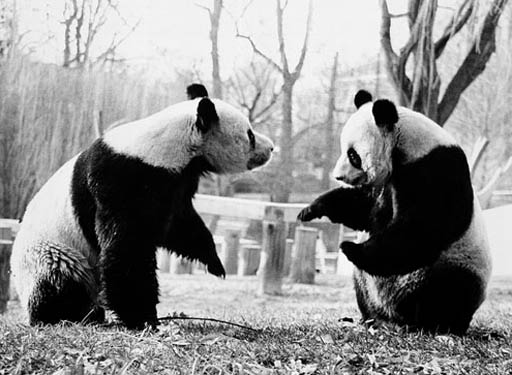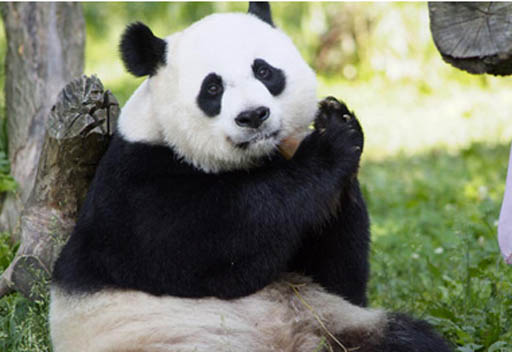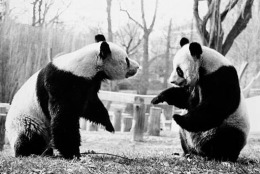









WASHINGTON – Forty years ago today, the Smithsonian National Zoo’s first giant pandas arrived in the U.S.
Hsing-Hsing, the male, and Ling-Ling, the female, were gifts from China after President Nixon visited the country, according to zoo officials.
The two pandas arrived at Andrews Air Force Base at 5 a.m., April 16, 1972. They were officially presented to the zoo four days later.
The first giant panda to set foot in the U.S. was Su-Lin, a three-pound giant panda cub who was brought to the U.S. by a New York fashion designer. Su-Lin was given to Chicago’s Brookfield Zoo, starting a trend of giant pandas in zoos across America.
Ling-Ling lived at the National Zoo until she died in 1992. At the time of her death, she was the oldest giant panda living in a zoo outside China. Hsing-Hsing died in 1999.
The arrival of Tian Tian and Mei Xiang in December 2000 marked the beginning of a 10-year research plan focused on improving the survival rate of giant pandas in zoos and maintaining their numbers in the wild.
Follow WTOP on Twitter.
(Copyright 2012 by WTOP. All Rights Reserved.)







